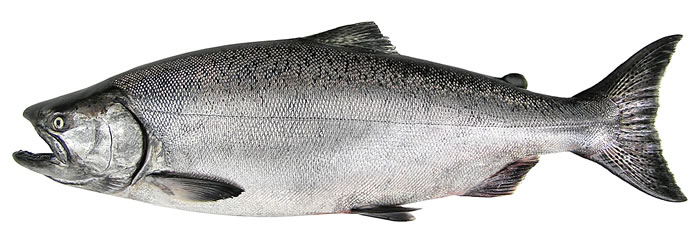A new bill introduced into Congress follows up on the new National Bioengineered Food Disclosure Standard that was ruled and published on December 21, 2018 and that will go into effect February 21, 2019. The rule is intended to provide a more uniform standard for producers labeling and disclosing bioengineered foods. The food disclosure standard is voluntary until December 31, 2021 and becomes mandatory for all producers on January 1, 2022.
From the Office of the Federal Register:
This rule establishes the new national mandatory bioengineered (BE) food disclosure standard (NBFDS or Standard). The new Standard requires food manufacturers, importers, and other entities that label foods for retail sale to disclose information about BE food and BE food ingredients. This rule is intended to provide a mandatory uniform national standard for disclosure of information to consumers about the BE status of foods. Establishment and implementation of the new Standard is required by an amendment to the Agricultural Marketing Act of 1946.
Senator Lisa Murkowski (R-AK), and co-sponsored by U.S. Senators Dan Sullivan (R-AK), Maria Cantwell (D-WA), and Jeff Merkley (D-OR), have introduced a Genetically Engineered Salmon Labeling Act. Their goal is to ensure any genetically engineered salmon products in the U.S. market are clearly labeled as such.
What does this mean for you? If this bill passes, then any bioengineered salmon will be easily identified and you can make a more informed decision when shopping for fresh fish.
From a press release from Alaska U.S. Senator Lisa Murkowski:
“USDA’s new guidelines don’t require mandatory labeling, and instead allows producers to use QR codes or 1-800 numbers, which is a far stretch from giving consumers clear information. There’s a huge difference between genetically engineered salmon and the healthy, sustainably-caught, wild Alaskan salmon. My legislation will ensure that consumers have all the facts, allowing them to make more informed decisions when they purchase salmon,” said Senator Murkowski. “We have the right to know what we’re eating. When you splice DNA from another animal and combine it with farmed salmon, you are essentially creating a new species and I have serious concerns with that. If we are going to allow this fabricated fish to be sold in stores, we must ensure there is at least clear labeling. Americans should not become test subjects for this new product without their full knowledge and consent.”
The Genetically Engineered Salmon Labeling Act
The purpose of the bill is to amend the market name of genetically altered salmon in the U.S.
The full Bill:
Be it enacted by the Senate and House of Representatives of the United States of America in Congress assembled,
SECTION 1. SHORT TITLE. This Act may be cited as the ‘‘Genetically Engineered Salmon Labeling Act’’.
SEC. 2. PURPOSES. It is the purpose of this Act to ensure that consumers in the United States can make informed decisions when purchasing salmon.
SEC. 3. MARKET NAME FOR GENETICALLY ENGINEERED SALMON.
(a) IN GENERAL. – Notwithstanding subtitle E of title II of the Agricultural Marketing Act of 1946 (7 U.S.C. 1639 et seq.), or any other provision of law, for purposes of applying the Federal Food, Drug, and Cosmetic Act (21 U.S.C. 301 et seq.), the acceptable market name of any salmon that is genetically engineered shall include the words ‘‘Genetically Engineered’’ or ‘‘GE’’ prior to the existing acceptable market name.
(b) DEFINITION. – For purposes of this section, salmon is genetically engineered if it has been modified by recombinant DNA (rDNA) techniques, including the entire lineage of salmon that contain the rDNA modification.
Links for further reading:

